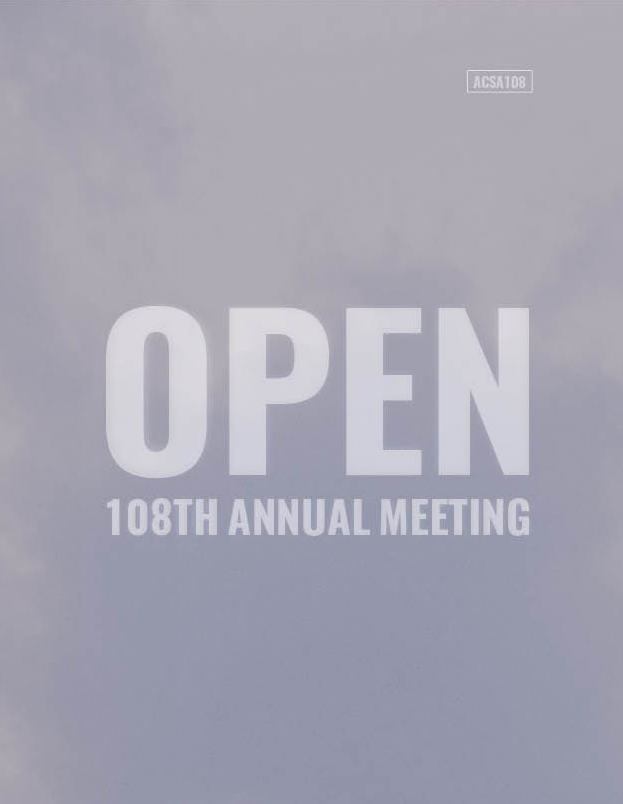Author(s): Loo Yi Ning Stella, Sachin Sean Gupta, Kenneth Joseph Tracy & Christine Yogiaman
Emerging technologies for the built environment typically mature within the specialized engineering fields that develop fundamental theories and validate their fitness for different applications. In practice this makes practical sense since nascent technologies may pose unforeseen risks to the public and specialized knowledge often takes years to move technologies from first concepts to market-ready products. However, several examples of research and education in the areas of computational fabrication and building simulation counter this narrative by placing designers in parallel with other disciplines working to speculate on future use and to develop application-specific knowledge. This paper presents a studio and 3 case study projects that use these ambitious precedents as a pedagogical and research guide to appropriate new developments in the fields of fluid dynamics and mechanical engineering as primary elements. Active air flow separation control, a relatively new area of inquiry for fluid dynamics, was adopted as the primary emerging technology guiding the design of the studio projects. A tailored pedagogy applied a bio-mimetic approach to the development of soft-mechatronic building facades used to control airflow in and around buildings. Strategic studio organization allowed projects to navigate through a significant learning curve and present useful research in a short time. This was done through the development of bespoke design workflows, the use of open-source libraries such as the Soft-robotics toolkit and through workshops with the interdisciplinary research group. The overall framework and individual tools allowed knowledge from engineering research to transfer to both the physical production of the studio and the extrapolation needed to imagine the speculative designs. The resulting studio output gave researchers a peak into the potential spatial consequences of yet-to-be validated engineering theory and tested the design methods used to develop prototypical models of applications.
https://doi.org/10.35483/ACSA.AM.108.1
Volume Editors
ISBN
978-1-944214-26-5

 Study Architecture
Study Architecture  ProPEL
ProPEL 
